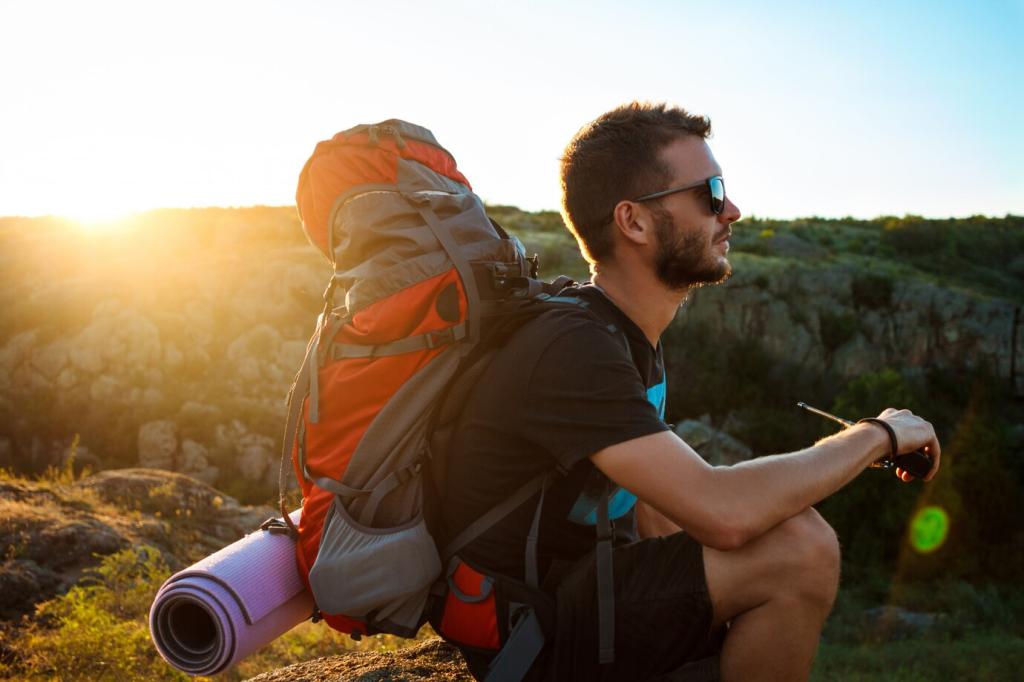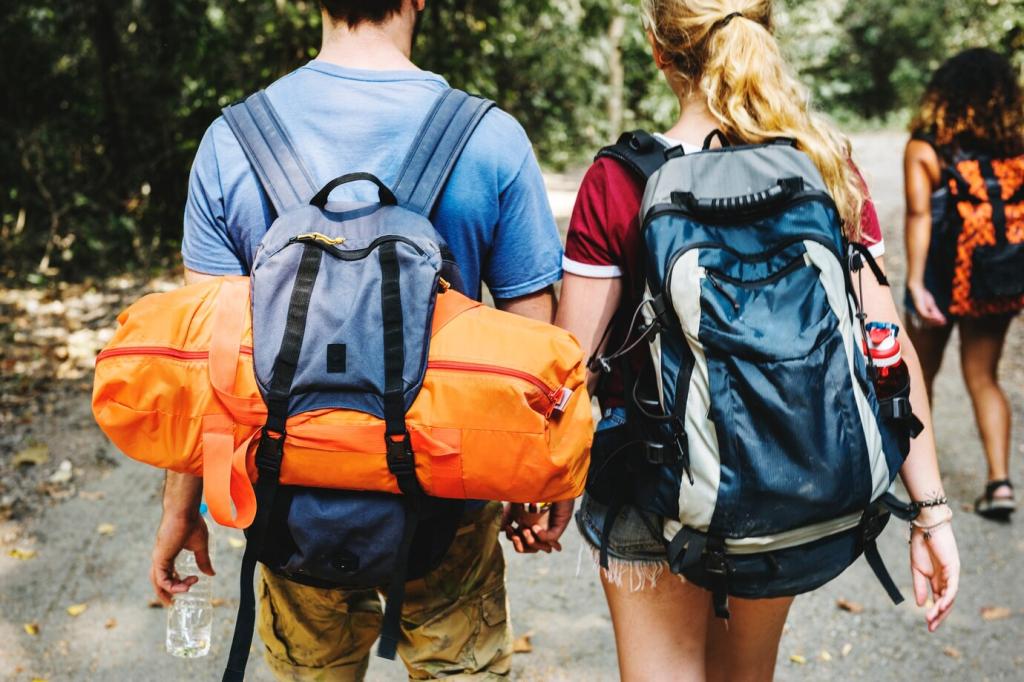Organizing Campsites on Multi-Day Hikes: Calm, Efficient, Trail-Proven
Chosen theme: Organizing Campsites on Multi-Day Hikes. Welcome to your practical, friendly field guide to smoother nights on the trail. We share trail-tested systems, stories, and tiny improvements that add up to big comfort. Subscribe for weekly tips, trade your favorite camp setup hacks with us, and help this community refine the craft together.

Look for subtle rises that drain well, avoid hollows where cold air pools, and orient away from prevailing winds. Scan for widowmakers above, ant trails below, and hidden roots. Kneel with your headlamp low to detect uneven ground before pitching anything.




Shelter, Sleep, and Comfort Systems
If wind and rain threaten, prioritize a double-wall tent with solid anchors. In settled weather, a tarp and bug net save weight and maximize airflow. Always practice your pitch before the trip. Share your go-to storm pitch and why it earns your trust.
Shelter, Sleep, and Comfort Systems
Layer a closed-cell pad under an inflatable for insulation and redundancy. Keep a dry sleep sack bagged until the tent is up. Use a vapor barrier strategy in extended cold. Note what actually keeps you warm; your hard-won tweaks will help others immensely.


Collect upstream from camp activity, treat with a method you trust, and stage clean containers away from the kitchen. Keep a dedicated scoop bottle to avoid contaminating filters. Note seasonal flows in a small log. What’s your most dependable treatment combo?
Water, Food, and Hygiene Management
Safety, Weather, and Wildlife Readiness
Stormproofing and Guyline Strategy
Stake every anchor and add two extra guylines on the windward side. Use low, wide angles for strength. Recheck tension after the fabric relaxes. Keep a separate storm kit handy. Share your strongest knot or tensioner—tiny details matter when gusts howl.
Wildlife Awareness From Mice to Bears
Store food in approved canisters or proper hangs, and never cook where you sleep. Seal trash and toothpaste with equal care. Sweep the kitchen zone for crumbs. Tell us your best rodent-proofing trick; small chewers can ruin gear faster than big animals.
Night Checks, Signals, and Contingencies
Agree on a simple whistle code and a midnight weather check. Keep headlamps within arm’s reach, and radios or phones charged. Log coordinates before sleeping. Practice a quiet, coordinated response. What one contingency has saved you the most stress at night?
Trail Stories and Lessons You Can Use Tonight
01
The Storm That Rewarded a Five-Minute Scout
We almost stopped on soft duff beside a pretty stream. Five extra minutes found a slight rise and better tree cover. At midnight, heavy rain pooled everywhere except our tidy, elevated pitch. That tiny scouting habit turned a disaster into dry sleep.
02
A Bear Hang Plan That Kept Breakfast Safe
We chose the camp with a perfect branch already spotted during daylight. After dinner, everyone knew their role. When a curious nose wandered through at dusk, nothing smelled reachable. Morning oatmeal tasted like victory and calm planning instead of adrenaline.
03
Forgotten Stakes, Solved by Smart Camp Layout
We discovered missing stakes as the wind rose. Because the layout was deliberate, we scavenged sticks, built rock anchors, and shortened guylines efficiently. The tent held. Organization didn’t stop the wind, but it bought time to improvise without panic.
